Whether you’re a bona fide homegrown vegetable gardener or, like me, simply grow veggies on a small scale, right now you’re probably taking stock of what worked this year and what didn’t. You probably roughly know your yields. Perhaps, like Margaret at Homegrown, you’re fairly rigorous about it.
But have you calculated your return on investment (ROI) in real numbers? Don’t worry. Mel Bartholomew, the man who brought you Square Foot Gardening, has done it for you in his latest and, sadly, his last book, High-Value Veggies.
And his results might surprise you.
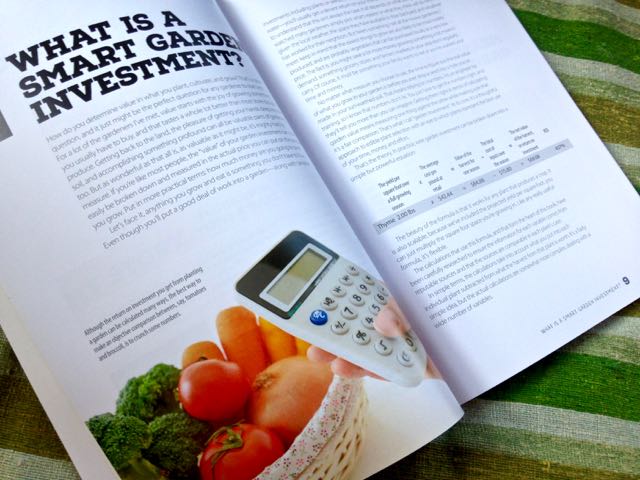
Like the engineer he was, Bartholomew has looked at the whole issue from a logical, all-in, cost-benefit perspective. He looks at all the inputs required to grow a pound of product, and compares it to average yield and average cost of that product at retail. His formula gives him both dollar and percentage amounts as return on investment.
His winner, by a long shot? Herbs. His surprising loser, last on a list of 59? Potatoes! It’s a really interesting read, that might make you think again about how much space you give to certain seeds and seedlings next year.
Now there are lots of reasons to grow vegetables, and not all have to do with money. Bush beans and pole beans, for example, don’t rate highly in Bartholomew’s stack. But our family loves just stepping outside to gather them fresh for dinner, so we grow them. And there’s nothing quite like the taste of a potato, fresh pulled from the soil.
On the other hand, with so many farmer’s markets in our neighbourhood, which fast-track fresh-picked veggies to our table, this ranking might help us streamline and optimize our garden efforts. Why not focus on foods that cost significantly less to grow than to buy? Next year, for instance, I’ll remind myself to grow more herbs.
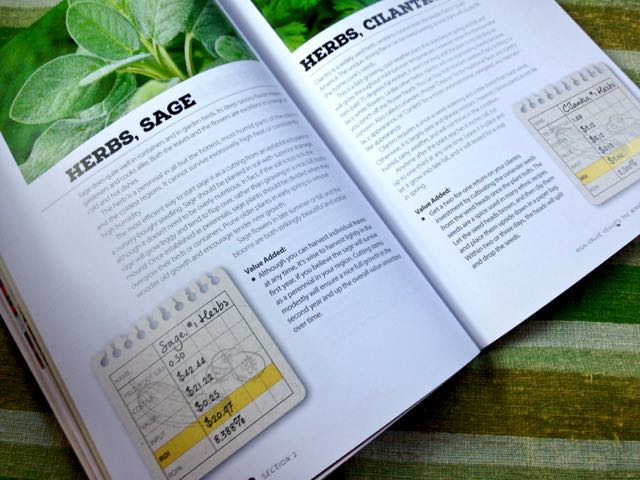
This reference book is easy to use. Herbs, for instance, are broken down individually with a scorecard and info for each. Veg like carrots, potatoes or cabbage get scored separately by type. The back of the book includes Top 10 lists for qualities like beauty, nutritional value or ease of growing with children or in shade. All help you make good choices.
Be sure to mouse over the images (or touch them via mobile) to read the captions, and click on any image to embiggen them as a slideshow. I haven’t been able to figure out how to get the slideshow show the captions. One day, perhaps.
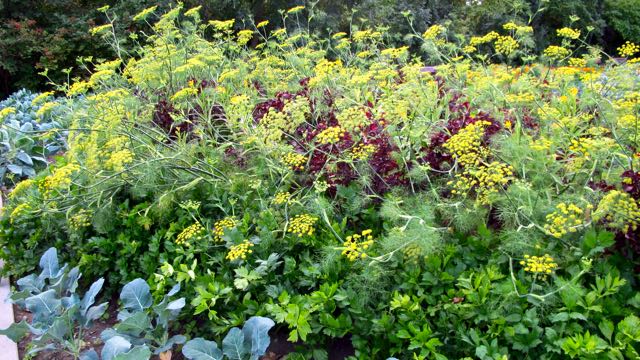
It’s gratifying to learn that I’ve accidentally or instinctively gravitated to good choices. In my part-shade garden, for instance, the best tomato is a cherry tomato, which can ripen with less sunlight. Cherry and heirloom tomatoes are right up there in his Top 3 for ROI, and also #1 for yield and #2 for containers.
Those of us who grow vegetables do it for a host of personal reasons. And, depending on where we garden, our results may differ from Mr. Bartholomew’s. But this thoughtful, well-researched response from a practical man gives us one more tool for decision-making. Have a look at it, before you’re seduced by the seed catalogues, coming your way soon.


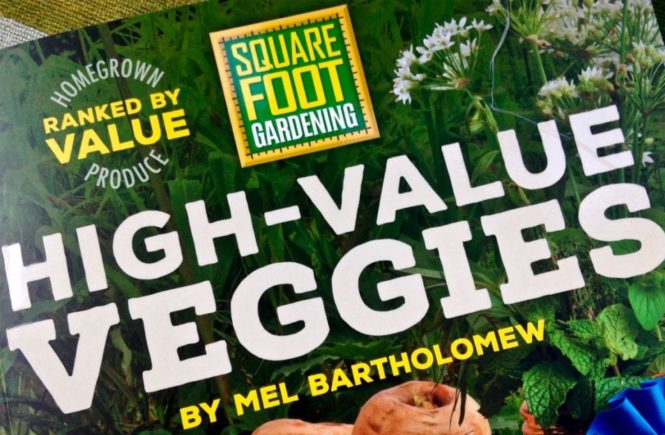
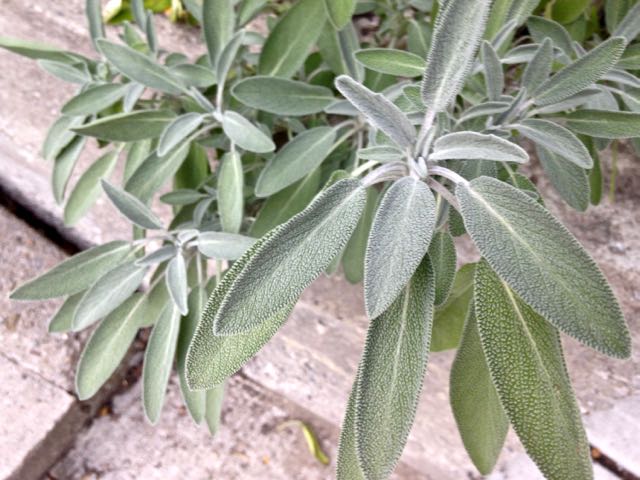
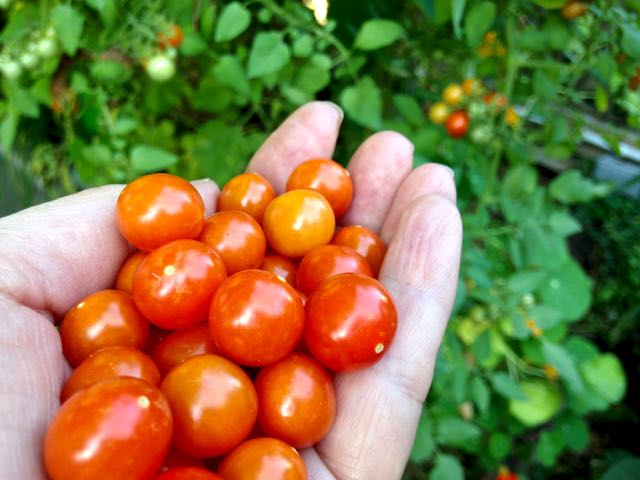
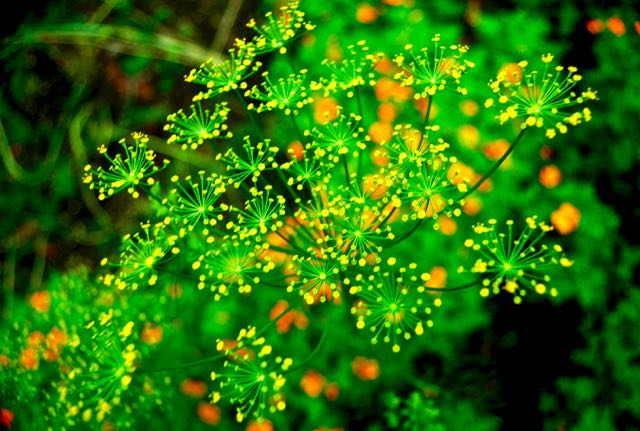
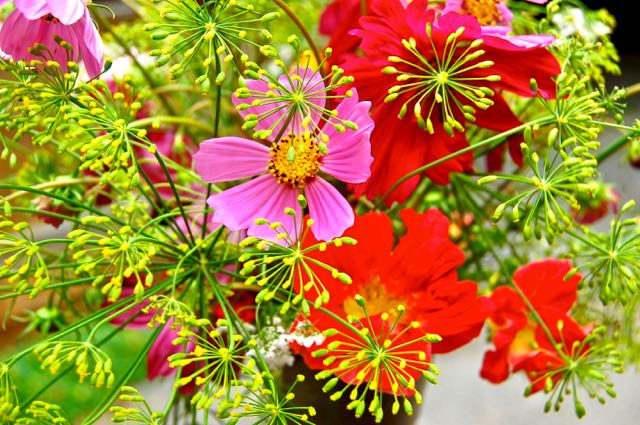
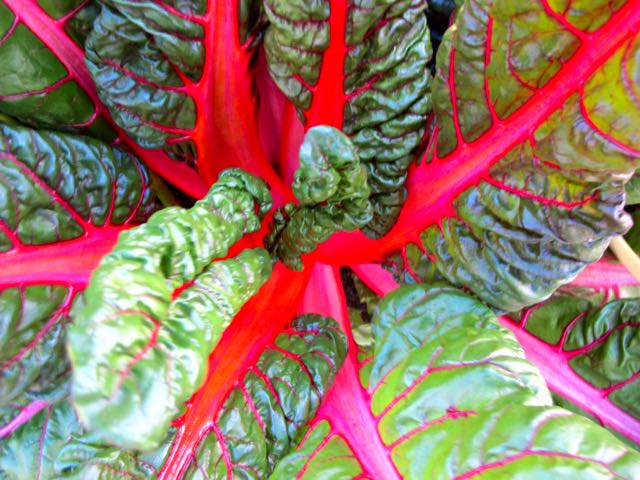
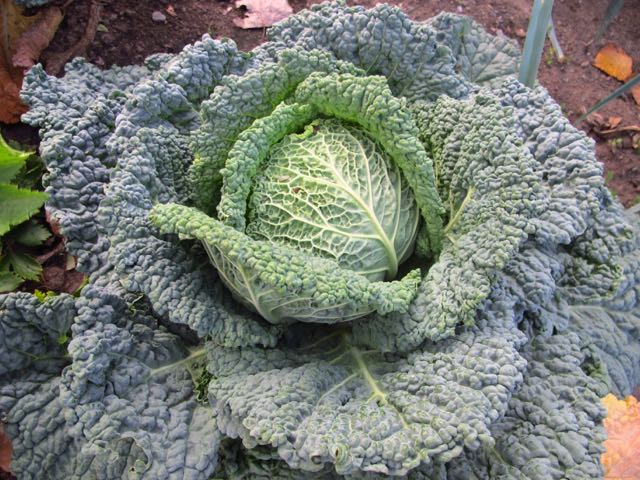


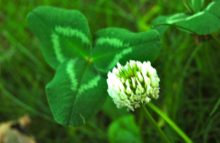
2 comments
Well, this book is certainly right up my alley…I’m surprised I hadn’t heard of it yet. It’s now on my Amazon wish list, even though I’ll likely still grow things that do not prove to have a high ROI, such as potatoes and onions (which I have a feeling are way down on the list too, but they are a joy to grow and keep for months – I’d not be without them). But, as you say, if space and/or time is limited and you must pick and choose, this extra information could very well have a big impact on what you decide to grow.
Oh and I LOVED the bouquet with dill. I have dill everywhere – it self seeds like crazy! – but I had never thought to combine it with flowers in a bouquet. A wonderful idea that I’ll definitely be trying next year 🙂
Oh, yes, dill (and I guess fennel would do, too) is one of my favourite additions to a floral bouquet. It looks good when dried, too. Have a look at this old post:
http://www.torontogardens.com/2012/09/every-gardener-needs-large-vase.html/